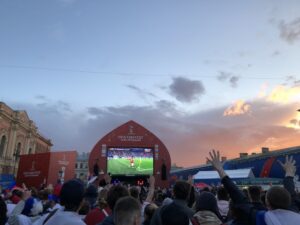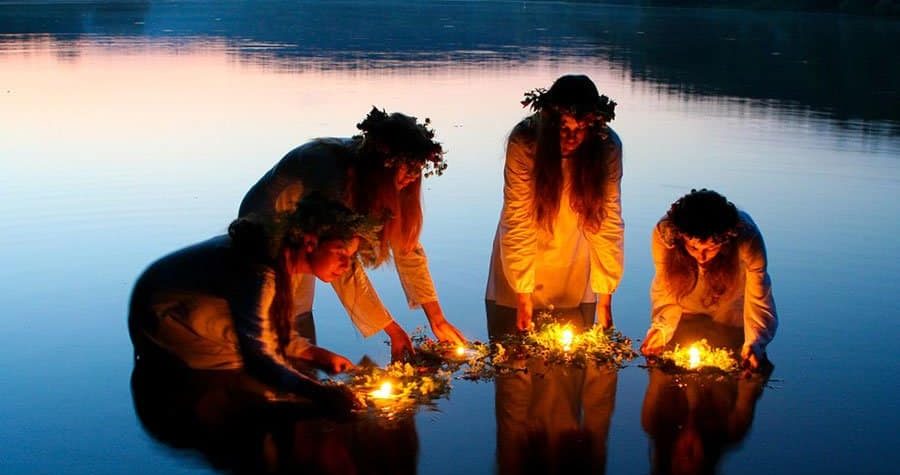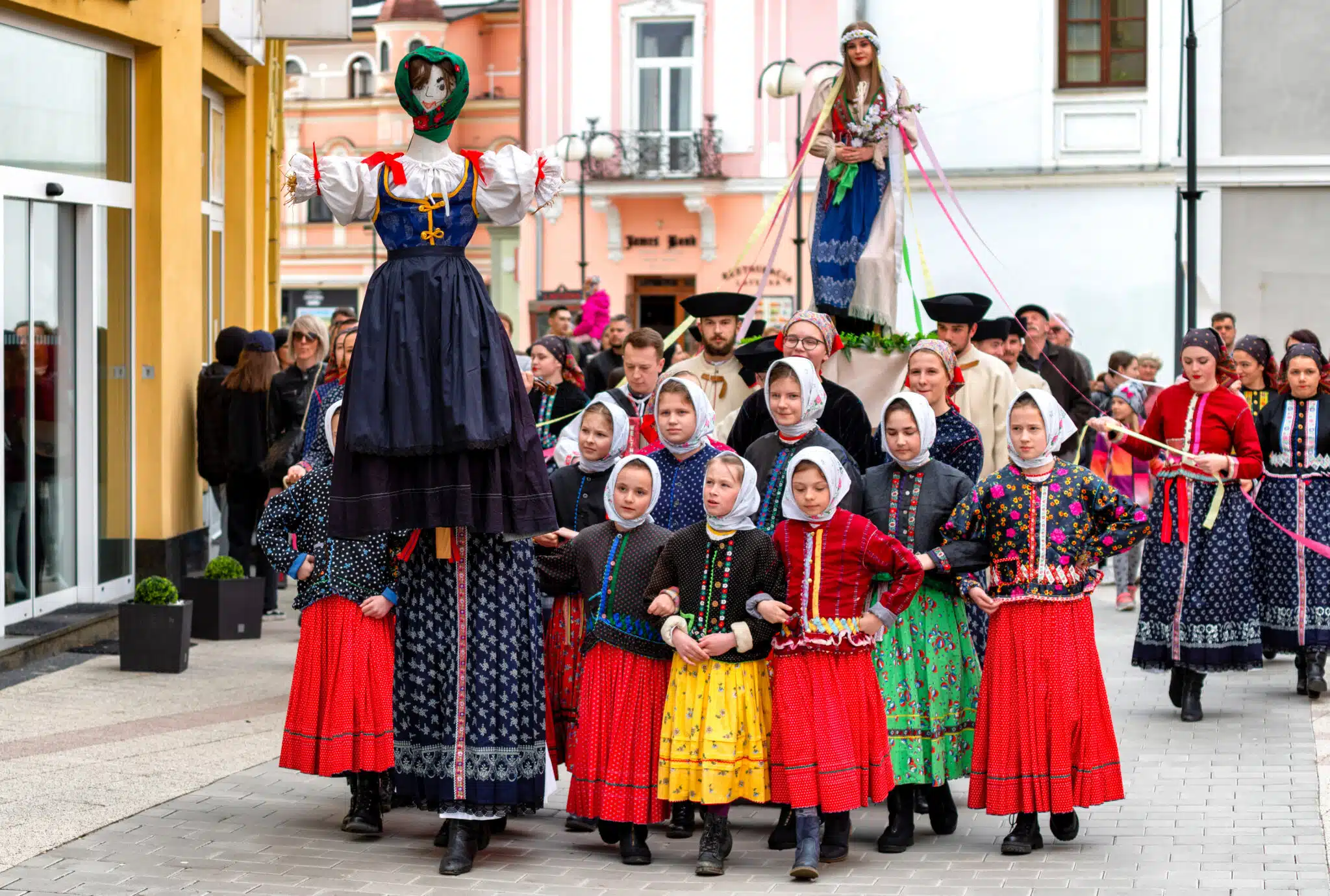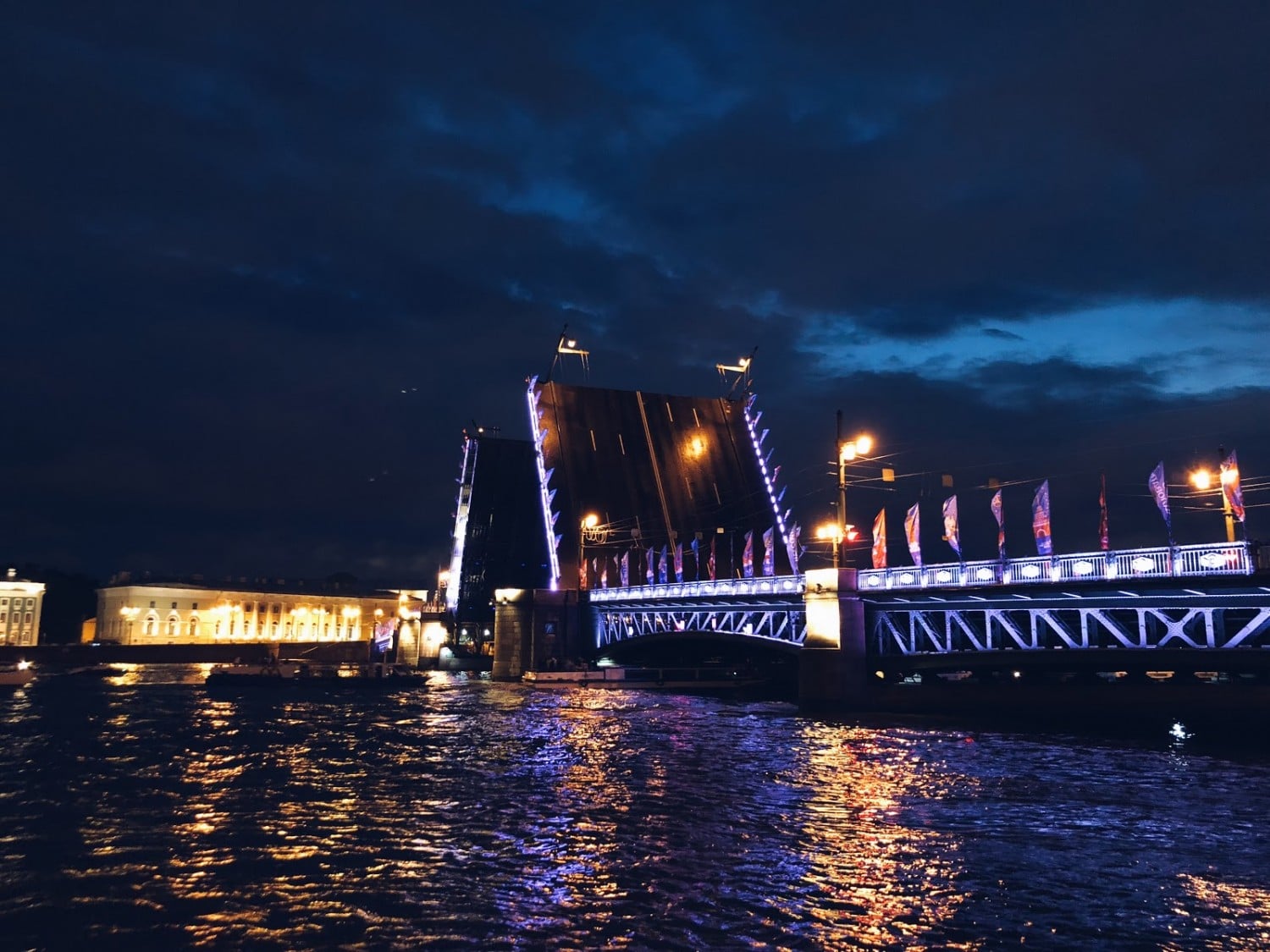10:17pm sunsets and 3:30am sunrises. That was my initial description of St. Petersburg when friends and family asked how my study abroad experience is going. The 18 hours of daily sunlight that mark St. Petersburg’s “White Nights” are nature’s gift to the northern city that is Russia’s cultural capital.
Though the sun sets at around 10pm, the sky never truly gets dark in St. Petersburg during the summer. Sure, the city’s rain will bring gloom and grey clouds into the sky during some days, but nighttime can hardly be considered night. The sky seems backlit, as the freshly-set sun prepares to come back out in a few hours. The midnight sky in St. Petersburg sports streaks of pink and blue. Lights from bars and restaurants along the Neva glitter on the canals. Revelers enjoy the city in its extended dawn to dusk, spilling out onto Nevsky Prospekt during the wee hours of the morning. St. Petersburg is magical and teeming with life and activity during the day, but nighttime during its White Nights brings out a different side of this multifaceted city.
Official Events and High Culture

Many official events make up St. Petersburg’s White Nights. There’s the summer-long White Nights Festival, which features ballets, opera, and theatrical performances all summer long. My time abroad was during the 2018 FIFA World Cup, and I attended a performance by the Iranian National Orchestra the night before Iran’s first match in Russia. St. Petersburg is already teeming with history and culture throughout the year, but the summer brings more opportunities for cultural immersion.
Around the end of June, a weekend-long graduation party is held throughout the city for the high school graduates of St. Petersburg. The “Scarlet Sails” festival has been held since the World War II era. Boats modeled after the imperial fleet sail down the Neva. Traffic stops on Nevsky Prospekt as people flood the street and walk near the Winter Palace to enjoy the massive fireworks show that follows.
Besides that, life is bustling along Nevsky and the banks of the Neva. Street performers jam out for hours, restaurants run late, nocturnal canal tours open, and crowds form to watch the grand bridges of the port city open up around 1 or 2am. Until my last night there, I had never seen the bridges open while I was in St. Petersburg. No experience has come close to the heartwarming feeling of watching the Palace Bridge, lit up with blue and purple lights that shimmer on the glossy water of the Neva, open up to classical music while my friends and I looked on, wrapped in warm embraces, ready to part ways. The many hours of sunlight in St. Petersburg open you up to jamming more activities into a day, and potentially to forming great friendships with those around you.
White Nights Revelry

You can find celebrations going on in every corner of St. Petersburg during White Nights. Clubs and bars line every block near UNECON, and Dumskaya Street right around the corner from the university is known for its plethora of bars, some sketchier than others.
It was funny to see the Tantsy Ploshad (Dance Square) dance club juxtaposed with the Church of the Savior on Spilled Blood. Youth can buy drinks and dance their hearts out right next to the monumental cathedral. Other dance clubs line the streets along Canal Griboyedeva leading up to the church. Nightlife booms in the literal sense, since you can hear music pounding at the walls of every club and hear people on the streets from within the gates of UNECON. The parties usually go on until six in the morning.
Local Russian friends told me stories of staying up all night partying in the city center, since the bridges leading to other parts of the city open to allow boat traffic durring the night and prevent overland travel between 2 and 6am. The same goes for the Metro, as it closes at midnight and opens up at six am. My first reaction was worry, because staying trapped in another part of town at night sounds terrifying. But given how bright summer nights in St. Petersburg are, and given the jovial, welcoming character of most people in St. Petersburg, a night out revelling because of sheer circumstance and in the company of great friends is actually not at all a bad thing.
Come See St. Petersburg!

Beyond bridges and friendships, you can also enjoy the such great year-round must-sees like visit museums such as the Hermitage and Dostoevsky’s home, read a book and grab some coffee at the Dom Knigi, eat at the many Georgian and Russian restaurants that fill up St. Petersburg, visit the Eliseyev Emporium Coffeeshop, shop at Gostiny Dvor, take the yellow line all the way to Novokrestkaya Island and walk down to dip your toes in the Gulf of Finland. St. Petersburg, filled with its 18th-19th century architecture and cable cars, is a city that’s frozen in time, yet completely modern. Its magic won’t be lost on you as you seek to indulge in the northern capital’s white nights.
You Might Also Like

Kupala: Ancient Slavic Midsummer Mythology and its Modern Celebration
Kupala is an ancient Slavic holiday celebrating the summer solstice, or midsummer. Once part of a series of annual rituals, it marked and was believed to sustain agricultural cycles—essential to early human survival. Held as vitally important, these pagan traditions remained deeply rooted even after Christianization, technological change, and centuries of oppression tried to dislodge […]

Latvians on Ligo, the Wild Midsummer Celebration
Every summer solstice, Latvians gather to celebrate Ligo, one of their biggest national holidays. Originally a pagan holiday celebrating Ligo, the god of fertility, this is a colorful and boisterous holiday that many might see at odds with the otherwise famously reserved Latvian demeanor. Walking the streets of Riga on this day, you will see […]

Kulich, Paska, Nazuki: The Easter Breads of Eastern Christianity
Easter breads such as kulich, paska, choreg, and nazuki are delicious Easter traditions. Easter is by far the most important religious holiday for those practicing Eastern Christianity. In addition to church services and egg dying, the holiday is also marked across the cultures by ritual bread baking. Despite the wide geographic area covered by Eastern […]

Maslenitsa, Masliana, Meteņi: Spring Holidays of the Slavs and Balts
Rites of welcoming spring and saying goodbye to winter are some of the oldest holidays preserved across Slavic cultures. In the Baltics, the celebrations were nearly lost after being suppressed by Catholic and imperial dominance. Today, Russia’s Maslenitsa is by the far the best-known, but multiple versions exist across the diverse Slavic landscape. In the […]

Olivier and Rasols Salads: Holiday Traditions With Fascinating Histories
Russia’s Olivier Salad (Салат «Оливье») and Latvia’s rasols are well-known staples of their respective cuisines and common additions to holiday tables. Today, the recipes for both are quite similar, with chopped vegetables, egg, and meat dressed with mayonnaise. Olivier is now eaten throughout the former USSR and has even become common as “Russian Salad” in […]





